Heartbreaking Images Show Birds So Full of Plastic They ‘Crack and Crunch’
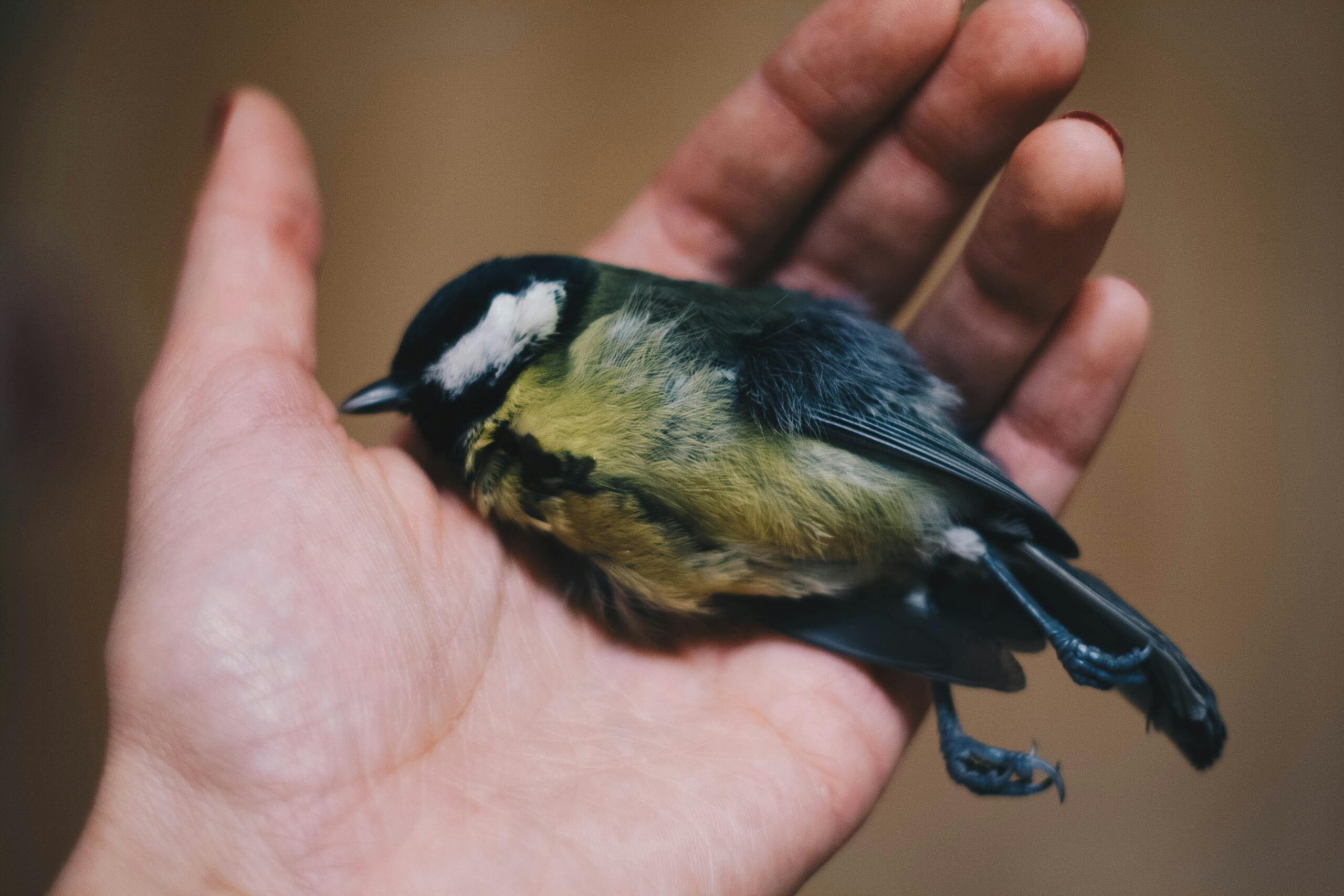
Imagine pressing your fingers gently against a baby bird’s belly—only to hear the unmistakable sound of plastic crackling beneath its skin.
On Lord Howe Island, a remote volcanic speck in the Pacific Ocean, this is not a nightmare but a grim reality. Here, young flesh-footed shearwaters—born into what should be a sanctuary of sand, sea, and sky—are instead growing up with stomachs filled with bottle caps, pen lids, and fragments of discarded plastic. Some carry so much that their insides audibly “crunch” when touched. Scientists recently pulled a staggering 778 pieces of plastic from the body of a single 11-week-old chick—nearly a fifth of its total body weight.
These birds, once free to soar thousands of kilometers across oceans, are now silent messengers of a crisis washing up on every shore. The question isn’t just how this could happen on such a remote, protected island—but what it means for the rest of us.
A Remote Paradise Turned Tragic
Lord Howe Island was once the image of untouched beauty—an isolated haven of volcanic cliffs, turquoise waters, and endemic wildlife. With a human population of just 500 and strict environmental protections in place, it hardly seems the kind of place to witness the devastating effects of industrial pollution. Yet, it is here, amid the dense seabird colonies and windswept dunes, that one of the world’s most jarring cases of plastic contamination has taken root.
The island is home to tens of thousands of flesh-footed shearwaters, long-winged migratory seabirds that return to the same nesting burrows each year. Researchers, including marine biologist Dr. Jennifer Lavers and her team at Adrift Lab, have been monitoring the colony for nearly two decades. What they’ve witnessed is nothing short of heartbreaking: a steady, year-on-year increase in the amount of plastic inside these birds—both chicks and adults.
Because they cannot be seen too often, & because the tide may just be beginning to turn in terms of the fight against plastics, here – again – are Chris Jordan's canonical images of albatross chicks on Midway Island, their bodies rotted down around the plastic that killed them. pic.twitter.com/twpUDLQIsi
— Robert Macfarlane (@RobGMacfarlane) January 17, 2018
In the most severe case recorded to date, scientists recovered 778 pieces of plastic from a single 11-week-old chick. This shattered the previous record of 403 and left seasoned researchers stunned. Plastic fragments have become so prevalent in these birds that you can physically feel it inside their bellies. “You can hear the crunching of the bottle caps and shards moving against each other,” said Dr. Lavers. “It’s visceral.”
The birds are not simply ingesting microplastics in trace amounts—they are being filled, piece by piece, with human waste: balloon clips, toy parts, syringe caps, even wheels from miniature cars. In many chicks, this indigestible debris accounts for up to 10% of their total body weight. Instead of fish and squid, they are being fed plastic—unintentionally—by their parents, who mistake floating debris for food in the open sea.
How Plastic Ends Up in Birds’ Stomachs
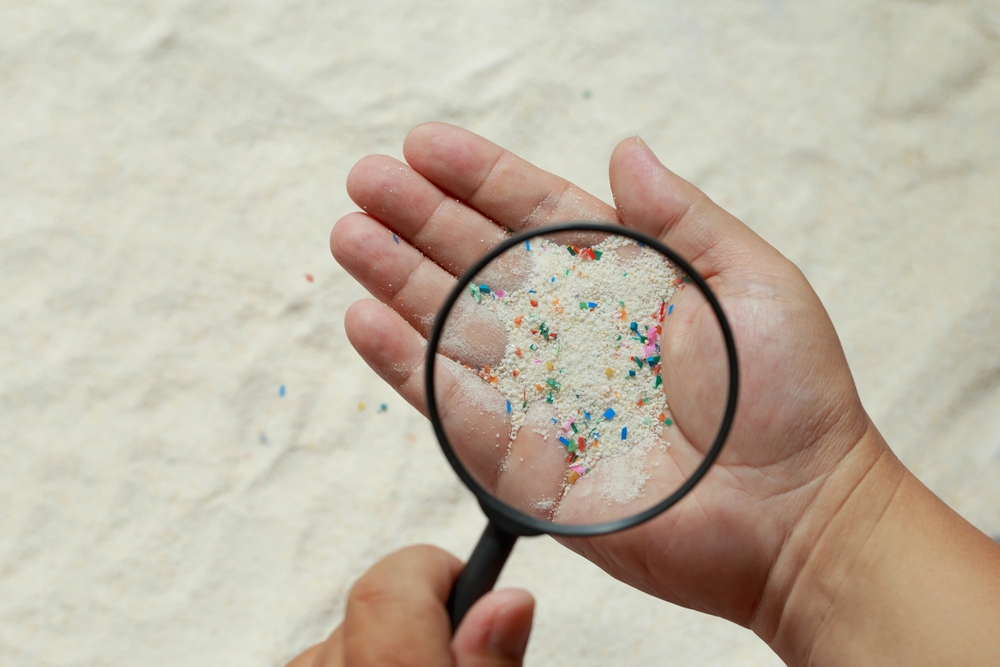
The process begins far out at sea. Floating plastic debris—bottle caps, fragments of cutlery, toy parts—accumulates on the ocean’s surface and begins to attract marine algae. This biofilm emits a compound called dimethyl sulfide (DMS), a chemical that smells to seabirds like a feeding ground. “Plastic doesn’t just look like food—it smells like it too,” explained marine ecologist Dr. Matthew Savoca, whose research at Stanford University explores this phenomenon. As a result, adult shearwaters unknowingly scoop up plastic and return to the island to regurgitate it into the mouths of their chicks.
The vulnerability of shearwaters is compounded by their physiology. Unlike some seabirds that can regularly vomit indigestible material, shearwaters retain what they eat—especially chicks. They only regurgitate when feeding their young, meaning plastic often accumulates for weeks or months without expulsion. According to Bethany Clark of BirdLife International, the birds’ gut structure allows plastic to remain lodged far longer than in other species, increasing the risk of damage.
Adding to the problem is the phenomenon of trophic transfer—when birds consume prey that have already ingested plastic themselves. In such cases, plastic enters the birds’ systems not directly from the sea but through the food chain, complicating efforts to understand its full origin and impact.
On Lord Howe, researchers have found an unsettling range of debris inside the birds: LEGO bricks, pen lids, balloon clips, toy wheels, even cigarette filters. Most are unrecognizable fragments, broken down by sun and surf, but deadly all the same. In some cases, the plastic is so densely packed in the stomachs that it forms a compact mass—suffocating digestion and leaving no space for nourishment.
This is how plastic, produced and discarded hundreds or even thousands of miles away, ends up inside a bird on a remote island in the Pacific. It’s a tragic chain reaction set in motion by everyday human consumption, made invisible by distance, but devastatingly real for the creatures who rely on the ocean for survival.
The Hidden Health Toll: ‘Plasticosis’ and Beyond
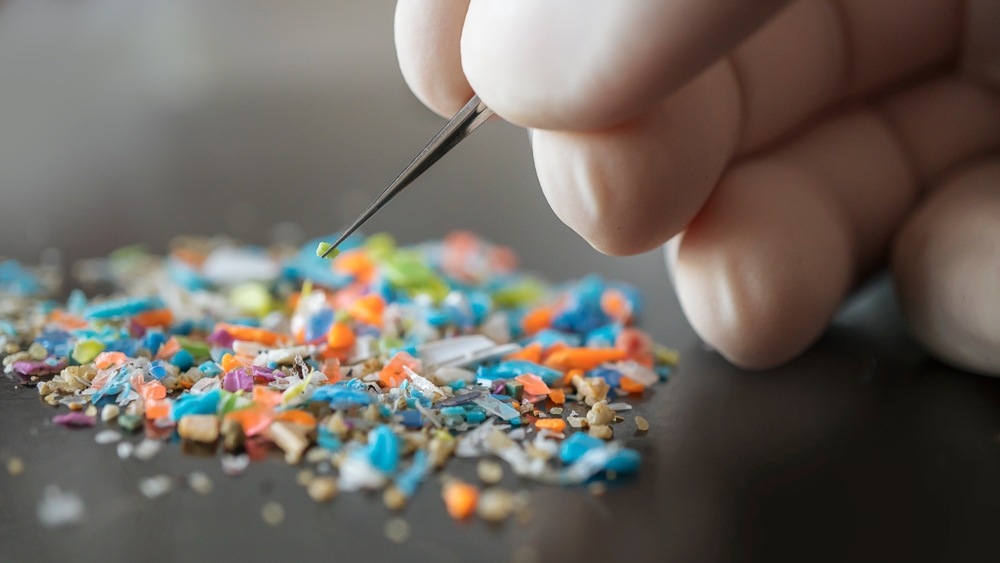
The presence of plastic inside seabirds is more than a disturbing visual—it’s a profound biological assault. While the physical consequences of ingesting sharp, indigestible materials are often evident, the full toll unfolds deep within the birds’ bodies, where damage accumulates silently and irreversibly.
In recent years, researchers have identified a new and alarming condition in these birds: plasticosis. Coined in 2023 by scientists including Dr. Alex Bond of the Natural History Museum, the term describes a form of chronic inflammation caused by plastic fragments repeatedly abrading the stomach lining. Over time, this microtrauma leads to scarring, tissue degradation, and a loss of organ function. It mimics the pathology of other known fibrotic diseases—except this one is directly linked to manmade pollution.
Examinations of shearwaters from Lord Howe Island show that the impacts go far beyond the gut. Researchers from Adrift Lab and the University of Tasmania have found scarring on internal organs, including the heart and kidneys. Some birds show signs of neurological impairment—what one researcher described as “dementia-like” symptoms in chicks, likely caused by the bioaccumulation of toxins released by plastic as it degrades or leaches absorbed pollutants.
Plastics in the marine environment are known to attract and absorb harmful chemicals like PCBs (polychlorinated biphenyls) and DDTs, which then release into the bloodstream of animals that ingest them. A 2019 study by the Australian Antarctic Division found that seabirds with more plastic in their stomachs also had significantly higher levels of toxic contaminants in their tissues. This chemical exposure, combined with the physical blockages, puts the birds under immense physiological stress.
Even birds that appear healthy at first glance are not immune. Many experience sub-lethal effects—reduced body mass, stunted wing growth, and chronic pain—that diminish their ability to forage, migrate, or reproduce. Where Dr. Jennifer Lavers once weighed robust chicks tipping past the 1-kilogram mark, the heaviest today barely reach 800 grams. It’s a stark indicator of how much has changed in a short time.
Plastic’s danger, then, isn’t just that it kills birds outright. It weakens them slowly, damages their systems invisibly, and leaves them vulnerable to threats they might otherwise withstand—predation, harsh weather, or the sheer challenge of a transoceanic migration.
Why This Matters to Us All
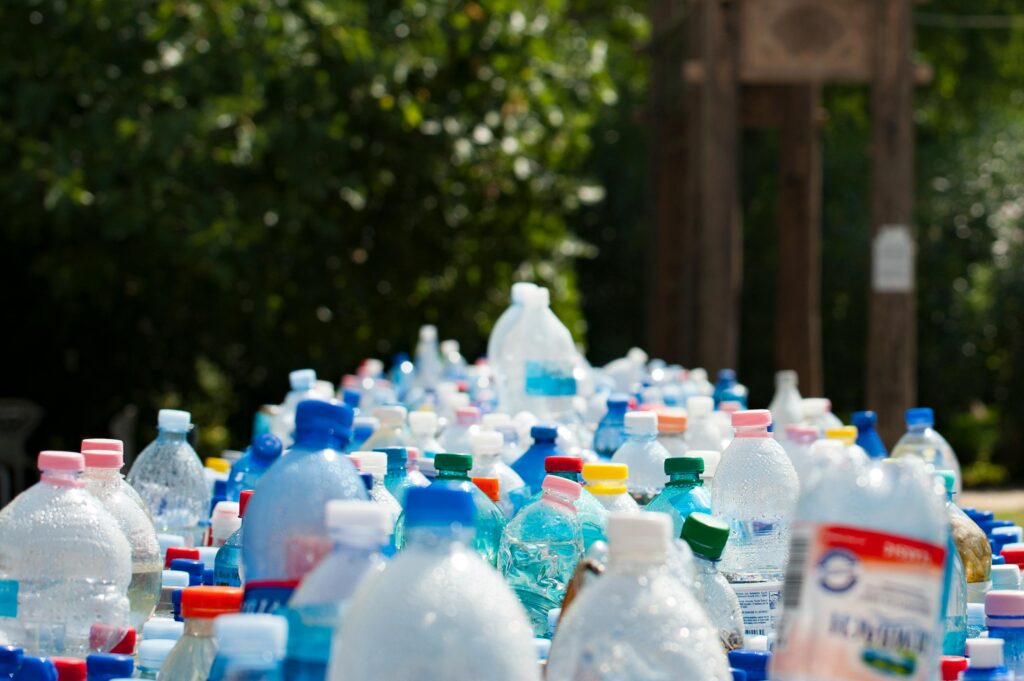
It’s easy to view the suffering of seabirds on a remote island as a distant tragedy—heartbreaking, yes, but somehow removed from daily life. But the story unfolding on Lord Howe Island is not just about birds. It is about us. The flesh-footed shearwaters are what scientists call a “sentinel species”—organisms whose health offers a window into the state of the environment at large. What’s killing them is also affecting ecosystems we all depend on, and perhaps even our own bodies.
The same plastics found in the bellies of these birds are now turning up in seafood, drinking water, soil, and even human blood and breast milk. Microplastics—tiny fragments shed from everything from packaging to synthetic clothing—have been detected in every corner of the planet, from Arctic ice to the deepest ocean trenches. If seabirds are crunching with plastic, we shouldn’t be surprised that our environments—and ourselves—are increasingly absorbing it too.
Plastic doesn’t biodegrade. Instead, it breaks down into smaller and smaller pieces, persisting in the environment for centuries. Much of the waste choking marine life originates far from the sea: packaging from food, disposable coffee cups, synthetic fibers from laundry, balloon clips from parties, and single-use utensils—all swept down storm drains, rivers, and finally into the ocean. Lord Howe Island is remote, but the plastics in its wildlife could have come from anywhere.
At the same time, the broader system meant to manage plastic waste is failing. In Australia, for instance, plastic recycling rates have stagnated at around 12%, with most plastic waste still ending up in landfills or leaking into the environment. Globally, plastic production continues to rise, projected to triple by 2060 unless major policy shifts take place.
Moving from Grief to Action
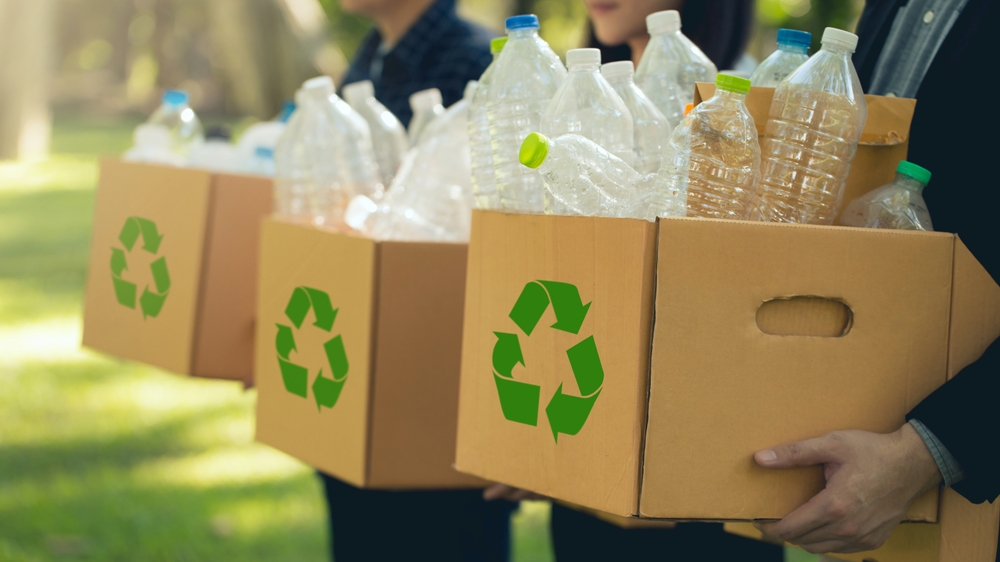
It’s tempting to feel helpless in the face of a problem that spans continents and oceans. But scientists and advocates emphasize a crucial truth: this crisis is human-made, and it is reversible—if we act with urgency and intention.
At the individual level, reducing single-use plastics is one of the most immediate and tangible ways to help. Carrying a reusable water bottle, coffee cup, and shopping bag might seem small, but multiplied across millions of people, such habits can reduce the demand for throwaway plastic that often escapes into the environment. Avoiding products with excessive packaging, choosing items made from recycled materials, and supporting businesses that offer sustainable alternatives are all part of this shift.
Proper disposal and responsible recycling also play a role, though experts caution that recycling alone cannot solve the crisis. In many countries, including Australia, recycling systems are underperforming—largely due to weak demand for recycled materials. As Gayle Sloan, CEO of Waste Management and Resource Recovery Australia, points out, “we’re good at collecting and sorting, but what we’re not doing is buying it back.”
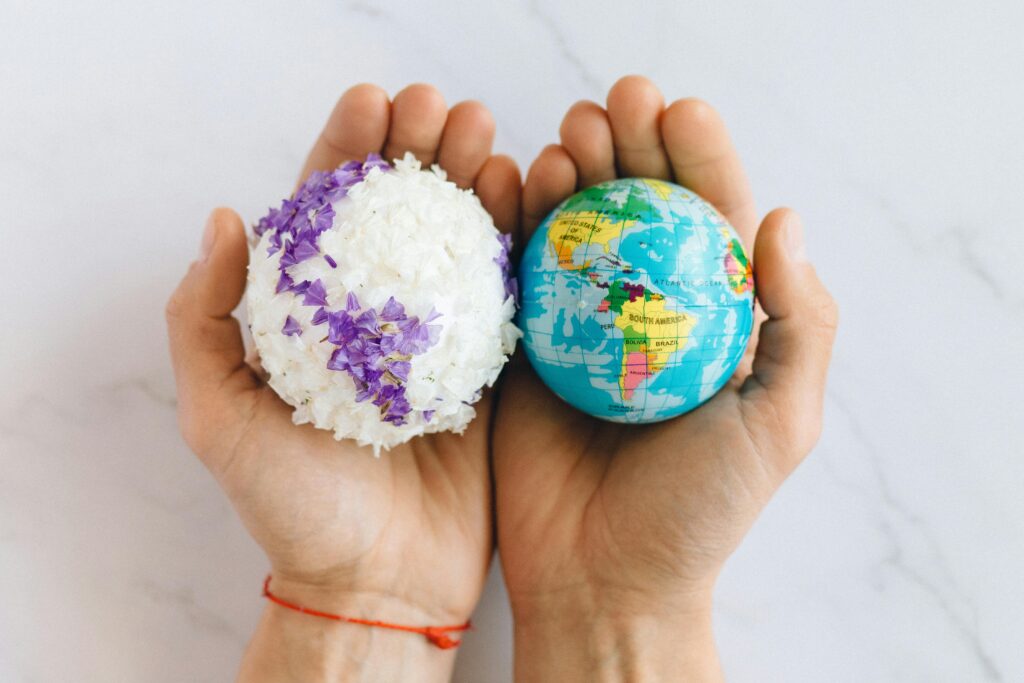
This is where policy and systemic change come into play. Advocates are pushing for legislative action that targets the root of the problem: plastic production. Measures under discussion include mandates requiring packaging to contain a minimum percentage of recycled material—like the UK’s 30% recycled content law—and stronger accountability for manufacturers under a circular economy model.
Senators in Australia have called for a Circular Economy Act, which would hold producers responsible for the entire lifecycle of their products. Environment Minister Murray Watt has echoed support for “new rules to produce less waste in the first place,” signaling growing momentum. At the global level, negotiations for a legally binding treaty to end plastic pollution are underway, with a final session expected in Geneva.
For those outside policymaking circles, supporting environmental organizations, reporting injured wildlife, and amplifying credible science can be powerful forms of advocacy. The more visible the issue becomes, the harder it becomes to ignore. As Dr. Alex Bond said after witnessing the suffering of Lord Howe’s birds firsthand: “What’s been seen can’t be unseen.”
The heartbreak is real—but so is the opportunity. Each small shift in behavior, each vote cast for stronger environmental protections, and each demand for corporate accountability is a step toward a future where no bird, turtle, or child has to bear the burden of our waste.
The Warning in Their Wings
The flesh-footed shearwaters of Lord Howe Island aren’t just victims of pollution—they are messengers. Their bodies, filled with fragments of our convenience culture, speak volumes about the state of our oceans, our consumption, and our willingness to look away.
What’s happening to them is horrifying, but not hopeless. It forces us to ask uncomfortable questions: How did we let it come to this? And more importantly, what are we prepared to do about it?
Their story is a vivid reminder that plastic does not vanish once discarded—it travels, it accumulates, and it returns. Often, it comes back inside the bodies of creatures that never created it and cannot escape it. These birds don’t have a choice. But we do.
Now is the time to transform heartbreak into momentum. Whether it’s reducing single-use plastics, demanding stronger environmental policies, or simply choosing products more mindfully, our actions—collectively—can change the narrative.
The birds have shown us the cost of inaction. Let’s honor that message not just with empathy, but with resolve.
Loading...

